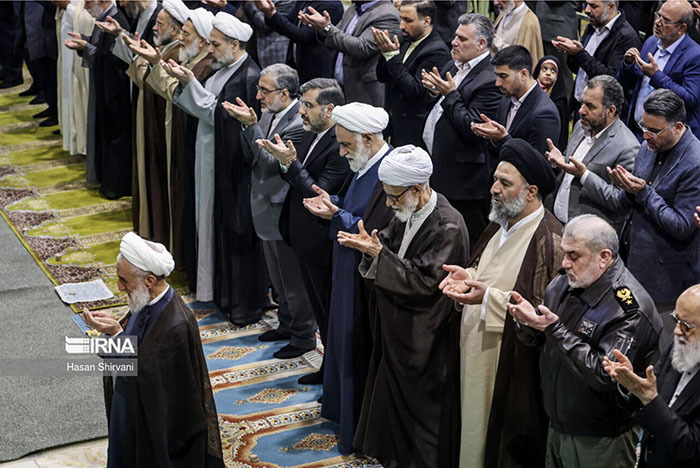Unveiling Kazem Seddiqi’s Controversial Friday Prayer: Scandal Exposed

Introduction In the world of celebrity marriages, few stories capture public interest quite like that of Brooklyn Beckham and Nicola … Continue reading ➝
Introduction Ladan Tabatabaei, born Seyedeh Ladan Tabatabaei on May 29, 1977, in Tehran, Iran, is a renowned figure in Iranian … Continue reading ➝
A Rising Star in Iranian Film Industry Sahra Asadollahi’s journey from a modest background to becoming a recognized name in … Continue reading ➝
Introduction The landscape of international cinema is continually enriched by talented actresses from Iran who break cultural barriers and captivate … Continue reading ➝
Introduction John Cena, the legendary WWE superstar and Hollywood actor, recently opened up about a life-changing decision—getting a hair transplant. … Continue reading ➝